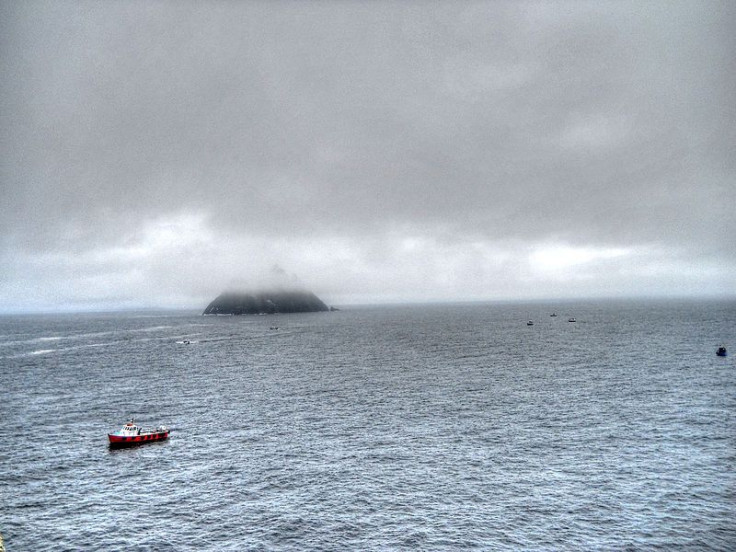Researchers Turn To The Ocean In Search Of New Medicines

Earth's oceans, the cradle of all life on this planet, are increasingly being seen as the source of valuable medicines that will help save more human lives in the future.
The universal cannibalism of the sea means all animal and plant organisms have evolved unique biological and molecular defenses that ensure they don’t end-up as another creature’s meal. In many cases, marine life forms create their own chemical weapons to ensure their survival and that of their species.
Scientists say the vast diversity of threats has forced marine life to resort to evolution to create increasingly complex molecules for self-defense. Some of these compounds might be useful for humanity’s war against diseases.
Sourcing drugs from the ocean is now the object of intense interest in the scientific community. Among the most common examples of medicines derived from the ocean are the following:
* Ziconotide is a synthetic version of a conotoxin derived from Conus magus, a venomous sea snail whose poison can kill a person in only a few minutes. It's been developed into a pain reliever that’s 1,000 times more potent than morphine.
Ziconotide can be used to treat chronic pain resulting from conditions such as cancer, stage 3 HIV, and some neurological disorders. Its use also doesn’t lead to the development of addiction or tolerance.
* Variable lymphocyte receptors (VLRs) from lampreys. VLRs target the extracellular matrix (ECM), which is a network of molecules between cells. ECM carries out many roles in the human body such as providing structural support for tissues and helping cells and tissues bond together.
Because VLRs target the ECM, they can serve as drug mules transporting chemicals through the normally impenetrable blood-brain barrier and straight to the brain, which is a roadblock to most drugs. If VLRs can bypass the blood-brain barrier, they might be able to treat certain conditions like brain cancer and stroke more effectively.
* Eribulin, a chemical produced by the sponge Halichondria okadai. It extended the lifespan of women who had breast cancer as documented in a 2010 study involving women with breast cancer that had metastasized. One scientist involved in the study said the results could establish eribulin as a new, effective treatment for women with late-stage metastatic breast cancer.
* Trabectedin, which is also known by the brand name Yondelis. It’s from an extract of Ecteinascidia, commonly called the sea squirt, which is a sac-like marine invertebrate.
Researchers first identified the anti-cancer properties of Ecteinascidia extract in the late 1960s. They’ve since found a way to synthesize it and produce it in greater quantities.
The result of their work is Yondelis, which now has the approval to treat soft-tissue sarcoma in Russia, Europe, and South Korea. Scientists are also trialing it for use against other cancers such as prostate and breast cancer.

Published by Medicaldaily.com



























